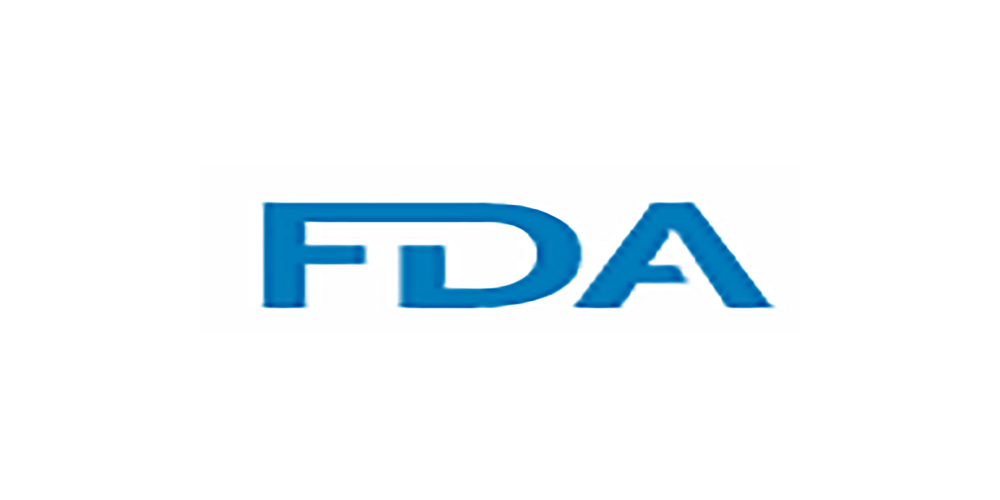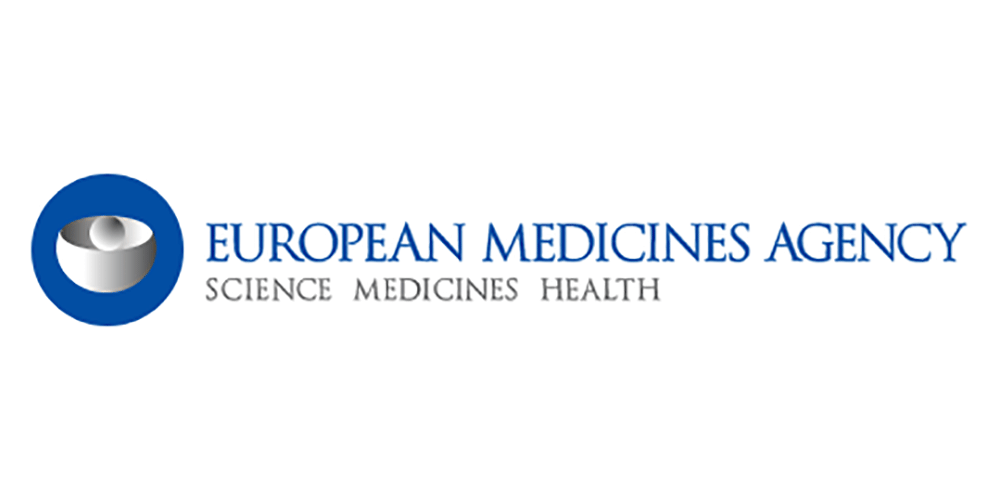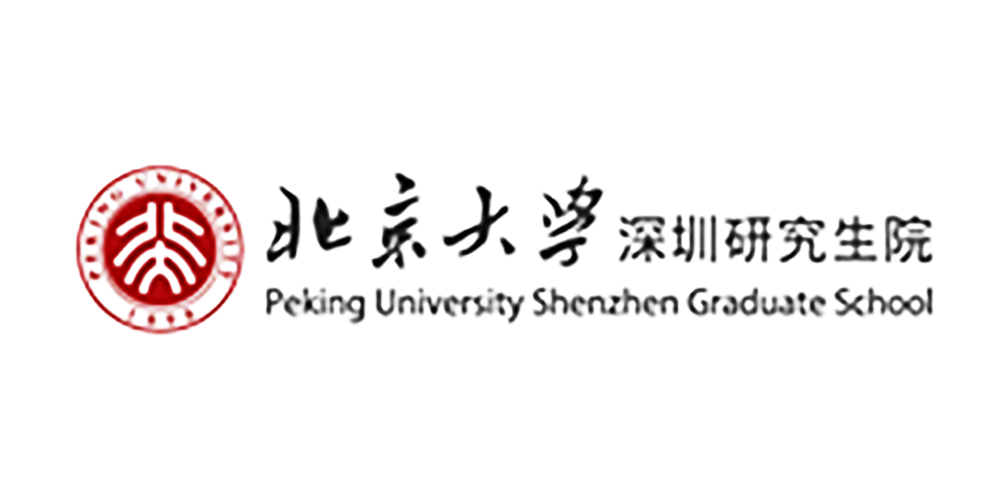News attention
06
2020
-
03
Scientific Research News | Research Progress of novel coronavirus Pneumonia (COVID-19) (XXXV)
· Advances in COVID-19 biology ·
■ On March 3, the team of Southern University of Science and Technology and Shenzhen Third People's Hospital published a non-peer-reviewed research paper entitled "Viral Architecture of SARS-CoV-5 with Post-Fusion Spike Revealed by Cryo-EM" online on the preprint platform bioRxiv, reporting the successful isolation and purification of the novel coronavirus in the BSL-2 laboratory. The entire viral structure of the novel coronavirus was revealed by transmission electron microscopy (negative staining and cryo-EM). This is the first imaging of a near-natural novel coronavirus (the pathogen of COVID-3) by cryo-EM.
The results showed that the virion particles were roughly spherical or medium-polygonal in shape, with diameters ranging from 80 nm to 160 nm. For most virions, their periphery is clearly defined and encased by lipid bilayers, which can be clearly seen in the cryo-EM images. Underneath the lipid bilayer is a concentrated substance formed by nucleic acids and nucleocapsid proteins of the novel coronavirus. Although many particles lose Spikes during purification or inactivation, 20%-30% of virions still have Spikes around the envelope.
The width of the Spike is about 7nm, and the length of the entire Spike is about 23nm. The S protein of coronaviruses consists of S1 and S2 subunits, and when the S1 subunit dissociates, S2 undergoes conformational changes that extend itself from the compressed form to the nails. All in all, this state, first revealed by cryo-EM, may provide important information for the identification of novel coronaviruses and related clinical studies [1].

Cryo-EM results of the novel coronavirus
■ On March 3, researchers from the US Centers for Disease Control and Prevention published a paper entitled "Isolation and characterization of SARS-CoV-4 from the first US COVID-2 patient" in bioRxiv, in which researchers isolated the new coronavirus from the first nasal/oropharyngeal swab sample of the first local new coronary pneumonia patient and studied its infection characteristics. It was mainly found that the new coronavirus did not require the presence of trypsin to replicate efficiently in macaque embryonic renal epithelial cell lines such as Vero-CCL19 and Vero-E81, indicating that it may have a maturation mechanism similar to highly pathogenic avian influenza viruses. Next, they studied the infection spectrum of the new coronavirus in common cell lines and found that its infection spectrum was close to that of the SARS virus. Finally, CDC staff sequenced and stored the new coronavirus for use by relevant public health/researchers [6].
■ On March 2020, 3, the University of Chicago and other institutions published an article entitled "Crystal structure of Nsp3 endoribonuclease NendoU from SARS-CoV-15" on the bioRxiv preprint platform. Although this virus is similar to SARS and MERS coronaviruses in humans and animals, the protein structure and function of the new coronavirus still need to be overcome to provide basic support for the subsequent development of effective vaccines, antibodies and antiviral drugs. The researchers prepared a large number of novel coronavirus-related proteins in advance, and resolved the high-resolution crystal structure of Nsp2 ribonuclease (NendoU) in the novel coronavirus strain, and compared this structure with previously reported SARS and MERS coronavirus Nsp15 models. The results showed that Nsp15 in the novel coronavirus is hexamer, with the functional active structure of RNase, which is homologous to Nsp15 in SARS and MERS coronaviruses, and is highly conserved in the amino acid sequence and protein conformation of the active site[15].
· COVID-19 epidemiological studies ·
On March 3, medRxiv published a preprint paper published by the First Hospital of Lanzhou University et al., "Machine learning-based CT radiomics model for predicting hospital stay in patients with pneumonia associated with SARS-CoV-3 infection: A multicenter." study”。 The paper aims to develop and test a machine learning-based CT radiology model to predict the length of hospital stay of patients with novel coronavirus pneumonia.
The article notes that participants in the multicenter study recruited 2020 patients with laboratory-confirmed novel coronavirus infection from five designated hospitals in Ankang, Lishui, Zhenjiang, Lanzhou and Linxia between January 1, 23 and February 2020, 2, and included initial CT images of these patients in the study. The study excluded patients who remained in hospital or had no abnormalities on CT as of February 8, and the final analysis included 5 lesions in 52 patients. Based on the lung lesion features extracted from the training and validation datasets, interventional CT radiology models based on logistic regression (LR) and random forest (RF) were established, and the predictive performance was further evaluated in the lung lobe and patient-level test datasets. The results showed that the CT radiology model based on six secondary characteristics could effectively distinguish the length of hospital stay of patients with novel coronavirus pneumonia. The article concludes that the CT radiology model based on machine learning shows the feasibility and accuracy of predicting the length of hospital stay of patients with novel coronavirus pneumonia [2].
■ On March 3, researchers from Shenzhen Third People's Hospital and other institutions published a paper "Antibody responses to SARS-CoV-3 in patients of novel coronavirus disease 2" on the medRxiv preprint platform. The article used immunoassays to test serial plasma samples (n=2019) collected during hospitalization in 173 patients with confirmed novel coronavirus. The dynamics of antibodies with disease progression and severity were analyzed using immunoassays to detect total antibodies (Ab), IgM, and IgG in samples. Among 535 patients, the seroconversion rates of Ab, IgM, and IgG were 173.93% (1/161), 173.82% (7/143), and 173.64% (7/112), respectively. Only early blood samples were collected from 173 patients without seroconversion, and antibodies, IgM and IgG were seroconverted in turn, with intermediate times of 12, 11, and 12 days, respectively. In the first 14 days of onset, the presence rate of antibodies in patients < 7%, and from the 40th day after onset, antibodies to antibodies, IgM and IgG increased rapidly to 15.100%, 0.94% and 3.79%, respectively. In contrast, the positive rate of RNA decreased from 8.7% (66/7) in samples collected before day 58 to 87.15% (39/45) on days 5 to 25. Combined RNA and antibody detection significantly increased the sensitivity of etiological diagnosis in patients with COVID-55 (p<19.0), even early in the first week after onset (p=001.1). In addition, the higher the total antibody Ab titers, the worse the clinical grade (p=0.007). The authors believe that antibody testing provides important clinical information during the novel coronavirus infection. These findings provide strong empirical support for the routine use of serological testing in the diagnosis and treatment of COVID-0 patients [006].
■ On March 3, Hunan Agricultural Big Data Analysis and Decision Engineering Technology Research Center published a paper "A simple model to assess Wuhan lock-down effect and region efforts during COVID-3 epidemic in China Mainland" on the medical preprint platform medRxiv. Based on Baidu migration data and confirmed case data, the study identified two key factors influencing subsequent cumulative confirmed cases in non-Wuhan areas (e.g., February 19, 2020). One factor is the total number of travelers who visited Wuhan between January 2 and January 27 (x1), a factor with a higher probability of infection but lower transmissibility due to the fact that the risk of human-to-human transmission of COVID-20 was confirmed and announced on January 1. Another factor is the seed cases from Wuhan before January 26, which has a high transmissibility and can be reflected in confirmed cases before January 1 (x19) due to the average interval between infection and testing of 1 days. Based on the above research, a simple and effective regression model is established as follows: y=20.1+19.10*x1+29.2*x70(n=0916, R0=0054.1, P<2-3455).
The article believes that even if the Wuhan lockdown date is only delayed or advanced by 3 days, it is expected that by February 2, the number of confirmed cases in non-Wuhan areas will increase by 27.35% or decrease by 21.30%-74.48%. The lockdowns in Wuhan, nationwide traffic restrictions and stay-at-home activities have indeed had a decisive impact on the continued spread of COVID-59 in Chinese mainland. China's strategy has changed the rapidly rising curve of new confirmed cases, and the international community should learn from the lessons of Wuhan and China's experience. The article also provides a preliminary assessment of the efforts of 19 provinces and 29 prefecture-level cities to respond to COVID-44 based on explanatory models, arguing that big data has played and will continue to play an important role in public health [19].
■ On March 3, researchers from the National Clinical Research Center for Infectious Diseases, Shenzhen Third People's Hospital (the Second Affiliated Hospital of Southern University of Science and Technology), updated and published a paper entitled: Clinical pathology of critical patient with novel coronavirus pneumonia (COVID-2) on the preprint platform. The study is the first in the world to demonstrate clinicopathological biopsies of critically ill patients with COVID-19, providing a scientific basis for in-depth understanding of the pathogenesis and disease process of this disease. On January 19, 2020, a 1-year-old man who returned to Shenzhen from Wuhan developed symptoms of high fever and cough and was diagnosed with COVID-4 after being sent to Shenzhen Third People's Hospital. The patient has no chronic disease other than mild hypertension. In this study, the researchers described the patient's whole lung biopsy sections and pathological changes by HE staining, immunohistochemical staining, and special staining including Masson staining, PAS staining, and hexaamine silver staining. The whole lung surface of the case was bronzed, diffuse hyperemia was visible to the naked eye, mostly petechial hemorrhage, and partial hemorrhagic necrosis. It is worth noting that hemorrhagic necrosis occurs mainly on the outer edges of the right, middle, and upper lobes of the lung, the bronchi is covered with mucus and bleeding exudate, and there are severe hyperemia and hemorrhagic changes in the lung section. Histopathology presents with massive pulmonary interstitial fibrosis with partial hyaline degeneration, pulmonary hemorrhagic infarction, small vessel hyperplasia, vascular wall thickening, luminal stenosis occlusion, and interstitial infiltration of inflammatory cells, including lymphocytes, plasma cells, and monocytes. Lung interstitial fibrosis was confirmed by Masson staining, and immunohistochemical results showed that immune cells were positive for CD66, CD19, CD3, CD4, CD8a, CD20, CD79, CD5, and no other bacterial or fungal infections were seen. It is worth mentioning that the research team observed lymphocytes, monocytes and plasma cells infiltrating the lung stroma, and these types of inflammatory cells have been confirmed by immunohistological methods. As mentioned earlier, pathological changes such as massive fibrosis and luminal stenosis of the interstitial lung occurred in the lungs of this case, and the research team believes that these results may explain why critically ill patients have acute pulmonary dysfunction [38].
——Some of the above content comes from iNature, Science Network, The Paper News Network, etc., and is compiled by Shenzhen Bay Lab.
bibliography
[1] Liu C, Yang Y, Gao Y, et al. Viral Architecture of SARS-CoV-2 with Post-Fusion Spike Revealed by Cryo-EM. bioRxiv 2020:2020.03.02.972927.
[2] Harcourt J, Tamin A, Lu X, et al. Isolation and characterization of SARS-CoV-2 from the first US COVID-19 patient. bioRxiv 2020:2020.03.02.972935.
[3] Kim Y, Jedrzejczak R, Maltseva NI, et al. Crystal structure of Nsp15 endoribonuclease NendoU from SARS-CoV-2. bioRxiv 2020:2020.03.02.968388.
[4] Qi X, Jiang Z, Yu Q, et al. Machine learning-based CT radiomics model for predicting hospital stay in patients with pneumonia associated with SARS-CoV-2 infection: A multicenter study. medRxiv 2020:2020.02.29.20029603.
[5] Zhao J, Yuan Q, Wang H, et al. Antibody responses to SARS-CoV-2 in patients of novel coronavirus disease 2019. medRxiv 2020:2020.03.02.20030189.
[6] zheming Y, Yuan C. A simple model to assess Wuhan lock-down effect and region efforts during COVID-19 epidemic in China Mainland. medRxiv 2020:2020.02.29.20029561.
[7] Luo, W.; Yu, H.; Gou, J.; Li, X.; Sun, Y.; Li, J.; Liu, L. Clinical Pathology of Critical Patient with Novel Coronavirus Pneumonia (COVID-19). Preprints 2020, 2020020407
供稿 | 坪山生物医药研发转化中心、科研部
编辑 | 鲍 啦
RELATED NEWS







